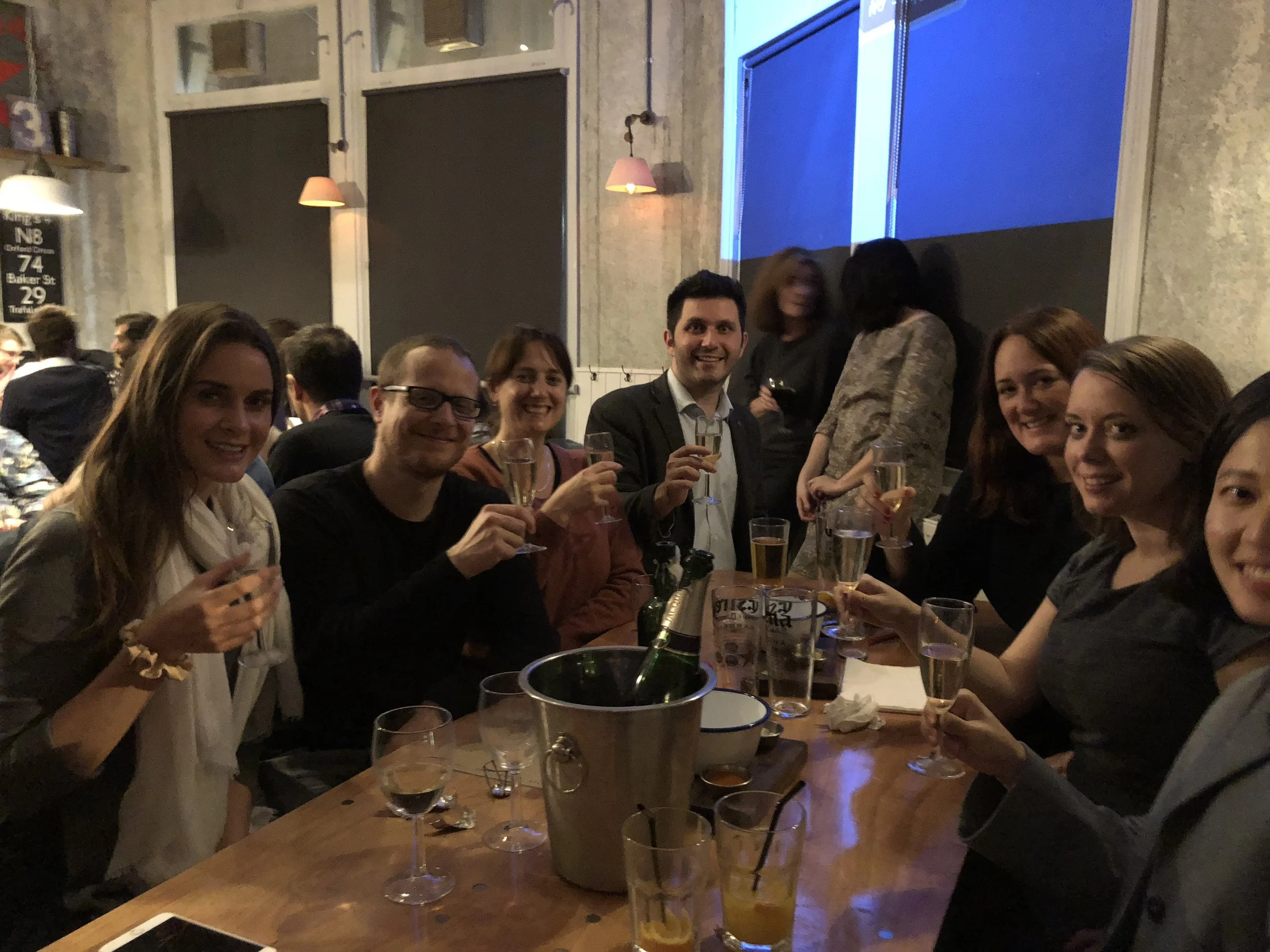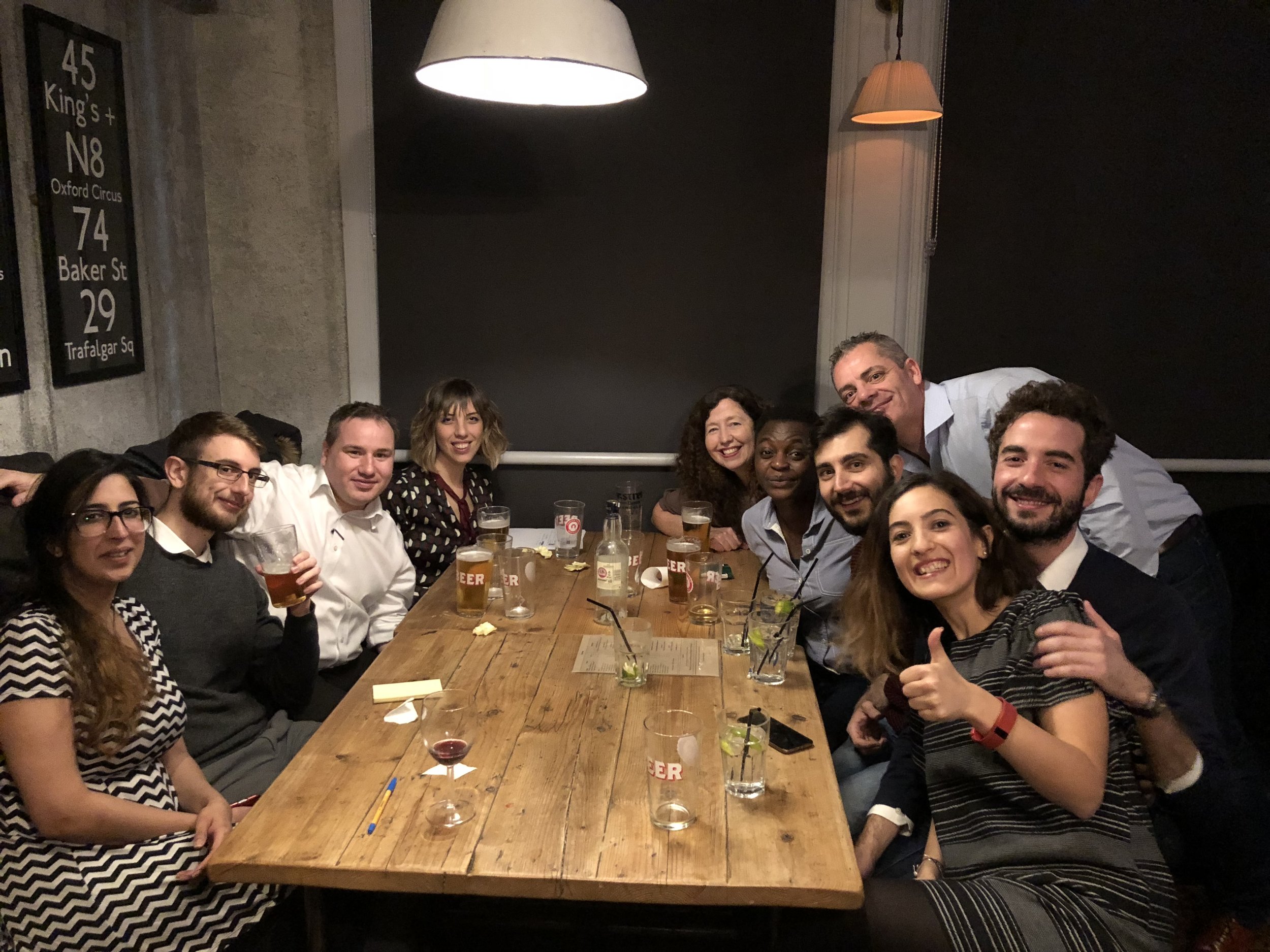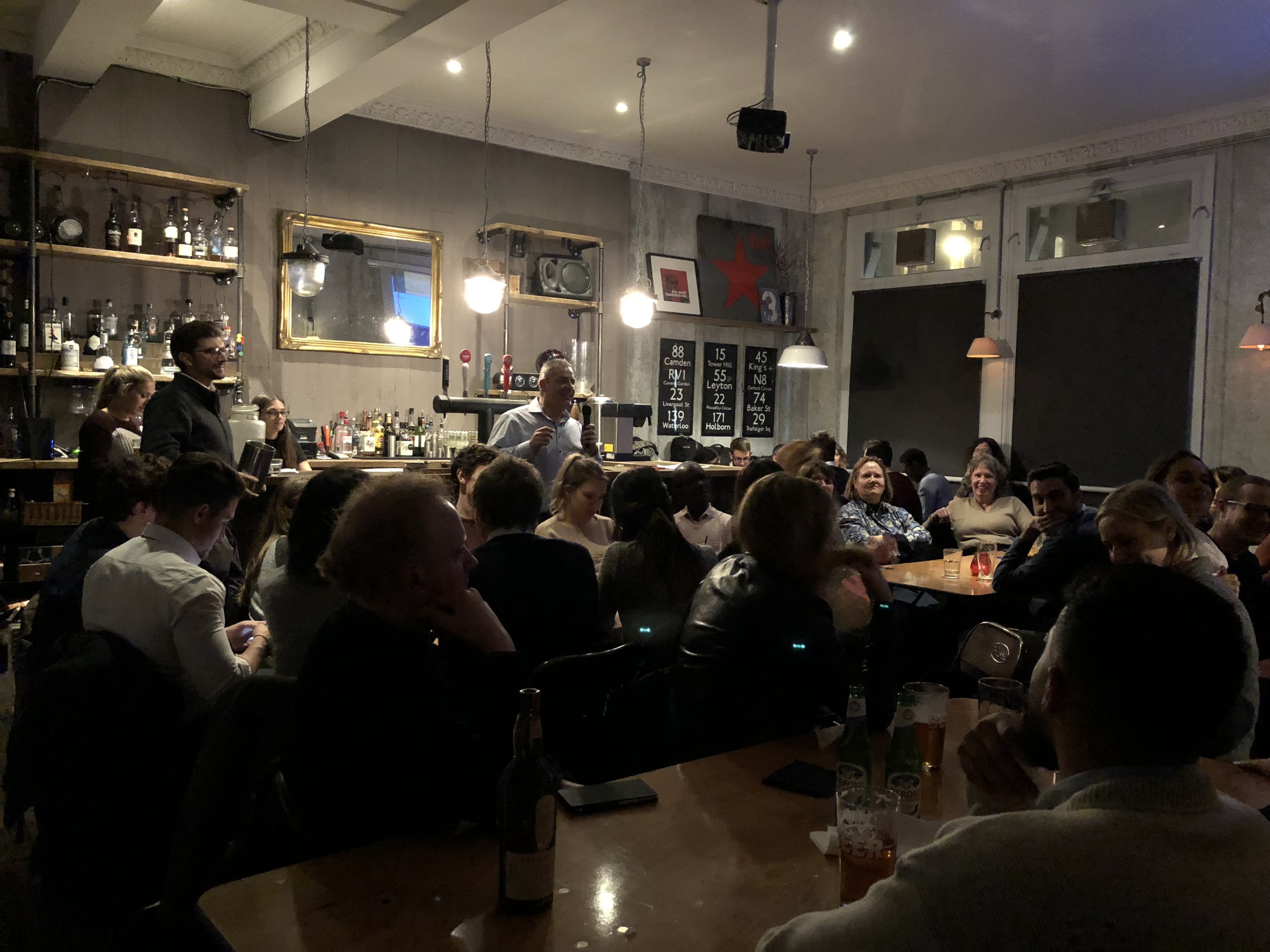Case Studies in Licensure
Katharine Storr, AIA
On Monday the 5th of February, the AIA UK held a licensure workshop featuring case studies in the various paths to licensure and conversion from and into US architecture licenses. First Katharine Storr, licensed in New York State, presented the standard path to US licensure. There are three typical steps: education at a National Architectural Accrediting Board (NAAB) accredited university, experience supervised by a US licensed architect and the six exams called AREs. She also introduced NCARB, National Council for Architectural Registration Boards, the organization that facilitates application for licensure in all the US jurisdictions. This route is the most straightforward and easiest for candidates who have studied in the US. Regarding proof of experience, it is important to know that for any candidate, no matter what type of experience reporting they choose to complete, there are minimums for how much of that experience must be supervised by an American licensed architect. The exams are self scheduled and administered in special proctored testing centres on a computer. There are only a handful of testing centres outside of North America and London is one of them.
Adelina Koleva, a current US licensure candidate in Illinois, who has recently taken several of the AREs, spoke about the updated exam format. ARE 5.0 was introduced in 2016 and consists of six standard exams that test for competency in topics across all project phases as well as practice management. Adelina walked the attendees through sample exam questions with the online practice exam available to candidates once they have registered via the NCARB website. For candidates studying in the UK, the AIA UK has a set of study Brightwood guides for the 5.0 AREs, sponsored by Kaldewei, which can be checked out from our library (email: emergingprofessionals@aiauk.org).
Nick Kehagias, licensed in both the UK and Connecticut, presented his case study in conversion from a US license to a UK license. Licensure in the UK requires the completion of a Part I (bachelor degree), a Part II (master degree) and Part III (a diploma in professional practice). To become licensed in the UK, designers who did not study in the UK or the EU must do a degree “conversion” to prove their education has covered the same ground as a UK degree course would. The ARB, the Architects Registration Board in the UK is the organization which oversees this process. (For an understanding of the difference between the RIBA and the ARB please see an article by Lester Korzilius here.) The ARB first requires the candidates for conversion to prove they are eligible to sit an examination by showing they have sufficient architectural education. If they are eligible, then the actual examination consists of the preparation of a portfolio and an interview by a panel of examiners. The portfolio must present architectural projects (either academic or professional) and show how the experience combines to meet a complex set of criteria set out by the ARB. During the interview candidates will be asked questions about their portfolio and understanding of the British system. Nick’s general advice was that while conversion is possible, due to the arduous task of the portfolio preparation and the interview as well as the high fee, that anyone considering this path should be sure they are ready to take on all the steps.
Ben Lee, licensed in Pennsylvania, presented the final path to licensure of the evening, converting from a UK or other foreign license to a US license. If the candidate is from a country which has “formal record keeping mechanisms for disciplinary actions” then they can submit a Credential Verification Form which proves to NCARB that the candidate is registered abroad. Then, they will be required to complete the experience and exams the way any other candidate would. If the candidate is not from a country with these record keeping mechanisms in place, then they must complete an EESA evaluation by sending their transcripts and descriptions of all their completed courses to NAAB.
Written by: Katharine Storr, AIA College of Fellows, AIA International Region














